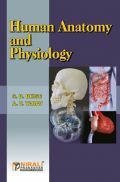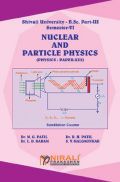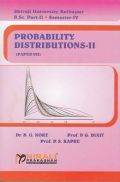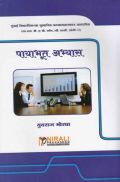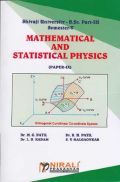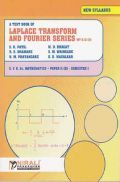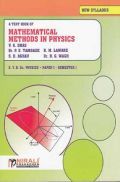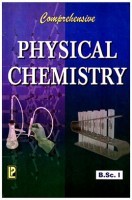Essentials Of Physics Volume - I by Sanjay Moreshwar Wagh, Dilip Abasaheb Deshpande
Book Summary:
Physics is our attempt to conceptually grasp all the happenings around us. Then, realizing that concepts are the free creations of the human mind helps us develop proper understanding of a subject, especially during formative stages.
This introductory book on Physics presents careful analysis of the develop-ments of basic concepts for the beginners. It is written in a way that stimulates students and creates a sustained interest in Physics so that studying the subject is enjoyable and satisfying. The physical concepts are explained clearly enough for anyone to understand. In this text, the exercises are provided in three different categories, namely, as questions, as problems, and as multiple choice questions. The first category of exercises contains thought provoking and descriptive questions. The second category of exercises involves numerical computations. The third category of exercises, of multiple choice questions, provides a reader with a flavour of the currently popular mode of examination.
Intended for the introductory-level college physics courses, the book will also be an invaluable resource for the students preparing for various competitive examinations.
Audience of the Book :
This book Useful for B.Sc Student
Key Features:
1. Readers can modify the given situation to design questions and problems.
2. Solved examples provide quantitative as well as qualitative features of physical situations encountered in the real life.
3. Students will be able to visualize the applicability of the laws of physics.
Table of Contents:
1. Physical Quantities, Units and Dimensions
2. Errors in Measurements and Significant Figures
3. Vectors and Kinematical Equations
4. Newton’s Laws of Motion
5. Work, Energy and Power
6. Law of Conservation of Linear Momentum
7. Circular Motion and Newton’s Law of Gravitation
8. Rotational Motion
9. Mechanics of Fluids
10. Radioactivity
11. Cathode Rays and X-Rays
12. States of Matter
13. Elasticity
14. Expansion of Solids, Liquids, and Gases
15. Kinetic Theory of Gases
16. Mechanical Equivalent of Heat
17. Transfer of Heat Energy
18. Change of State of Matter and Latent Heat
19 Thermodynamics
20. Waves and Oscillations
21. Statistics and Physics
Appendices
Index







